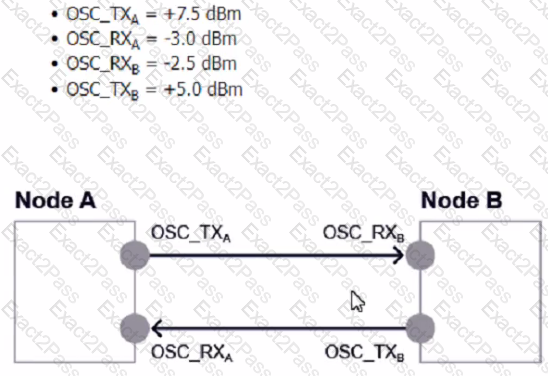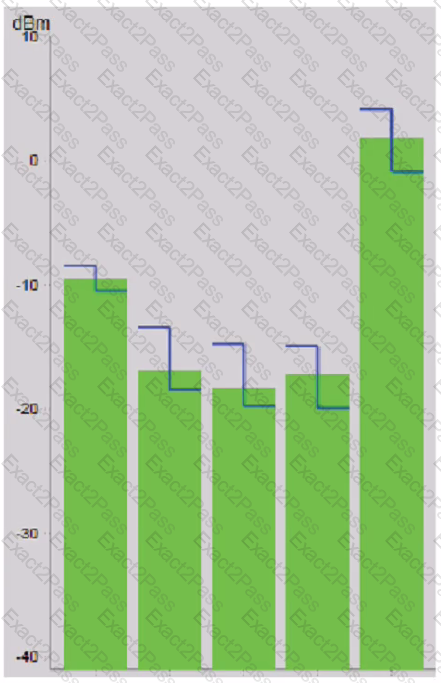Last Update 21 hours ago Total Questions : 40
The Nokia Optical Diagnostics and Troubleshooting Exam content is now fully updated, with all current exam questions added 21 hours ago. Deciding to include 4A0-265 practice exam questions in your study plan goes far beyond basic test preparation.
You'll find that our 4A0-265 exam questions frequently feature detailed scenarios and practical problem-solving exercises that directly mirror industry challenges. Engaging with these 4A0-265 sample sets allows you to effectively manage your time and pace yourself, giving you the ability to finish any Nokia Optical Diagnostics and Troubleshooting Exam practice test comfortably within the allotted time.
Consider the exhibit. Given the following power readings, what is the calculated span loss from Node A to Node B?

On a bidirectional optical amplifier configuration, which of the following are Wavelength Tracker detection points?
When troubleshooting possible generic fiber cuts, the recommended first step is to: 1. Review alarms at nodes where power loss occurs.
What is the next recommended step?
Which of the following statements best describes the payload type setting?
Consider the exhibit. What do the different colored green columns indicate?

Which of the following statements about the alarm masking mechanism is TRUE?
Which of the following is NOT a characteristic of an Optical Supervisory Channel Loss of Signal (OSC LOS) issue, in case that no "LD Input LOS" alarms are raised against the involved amplifiers?

